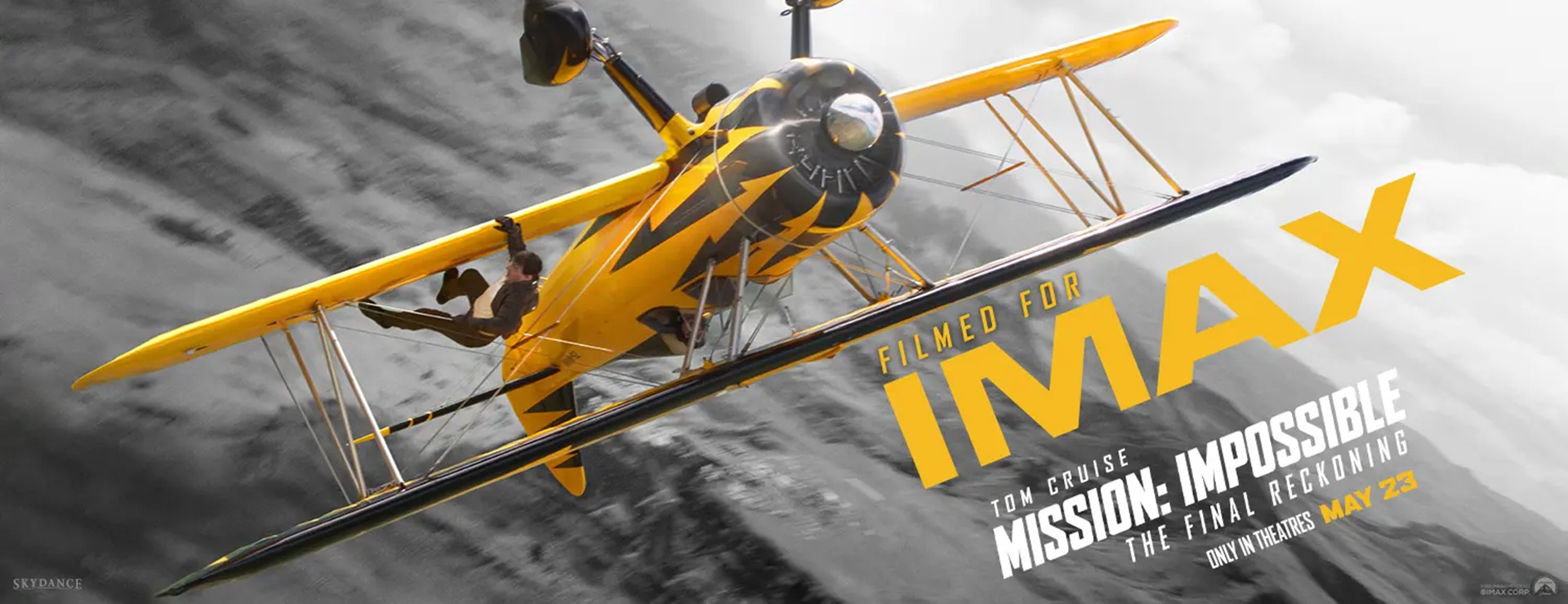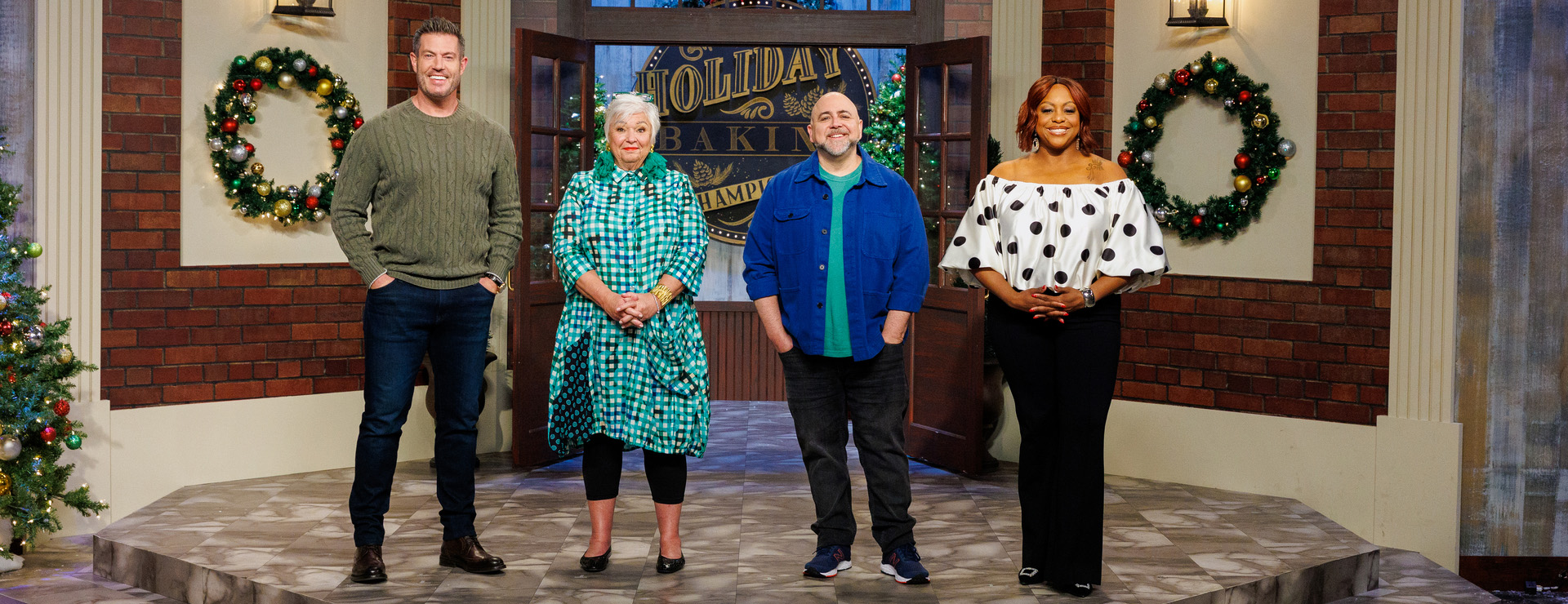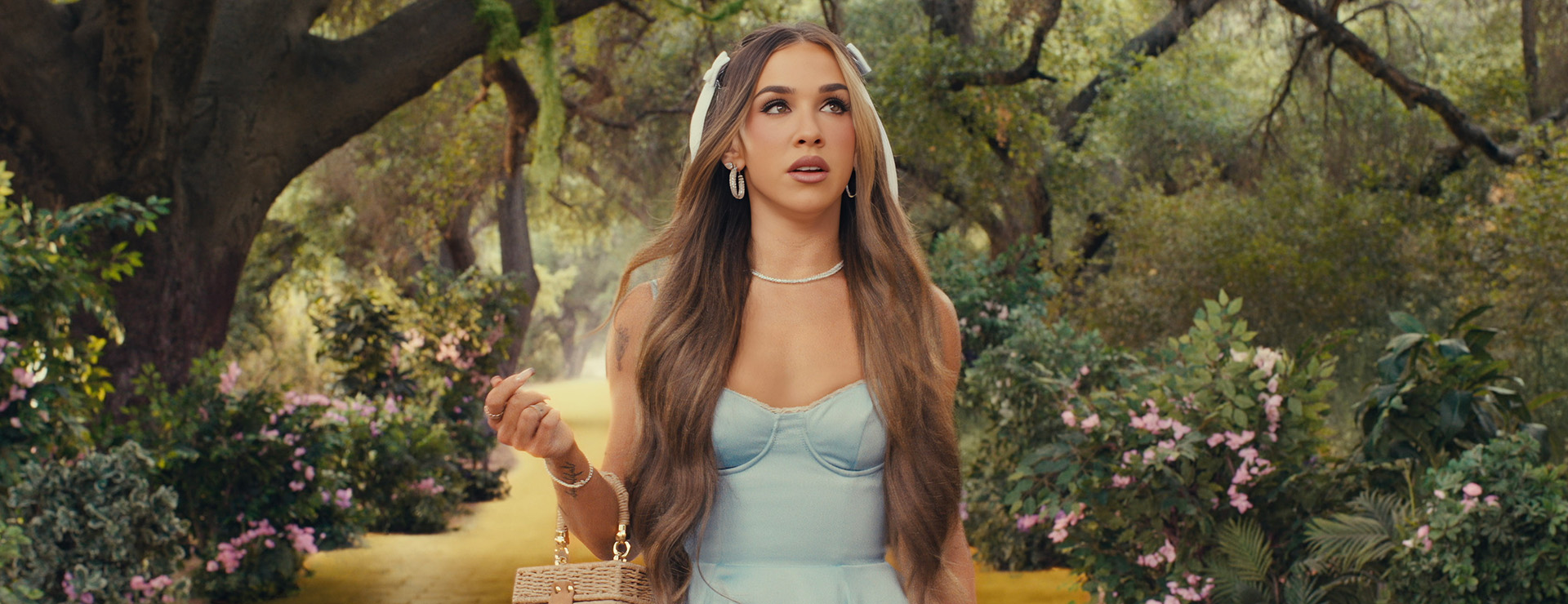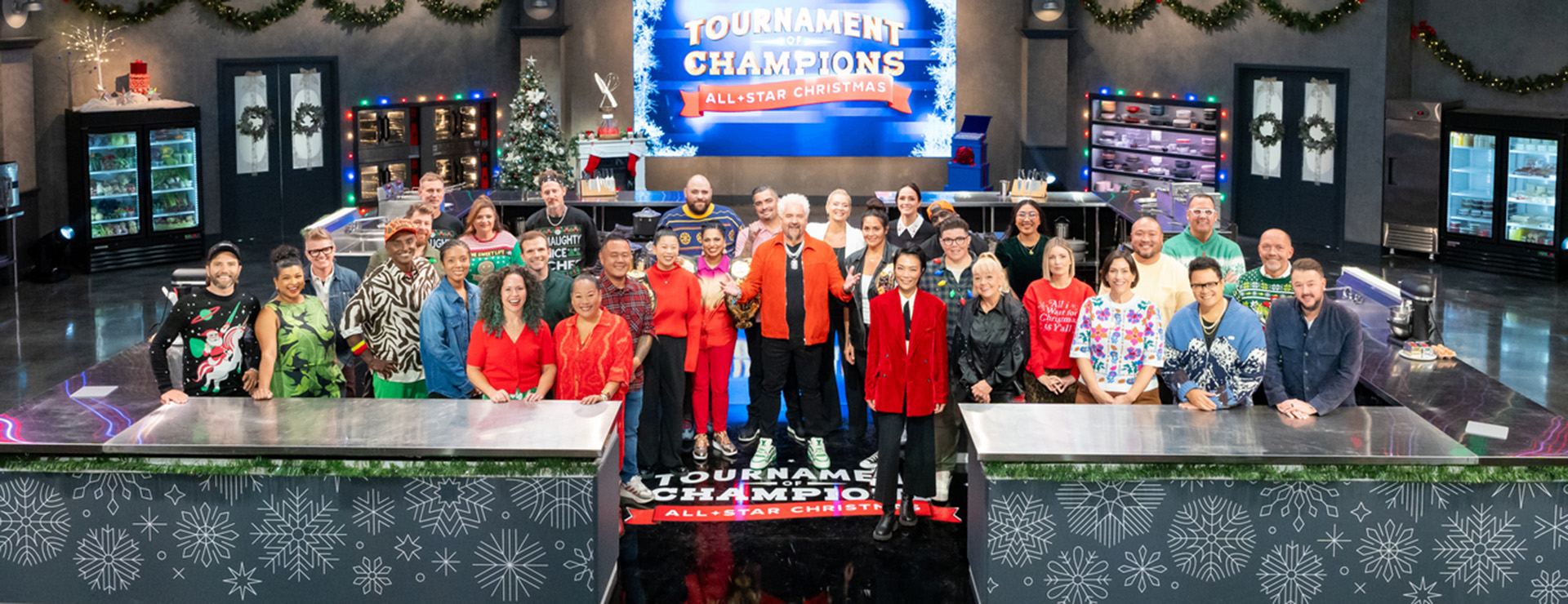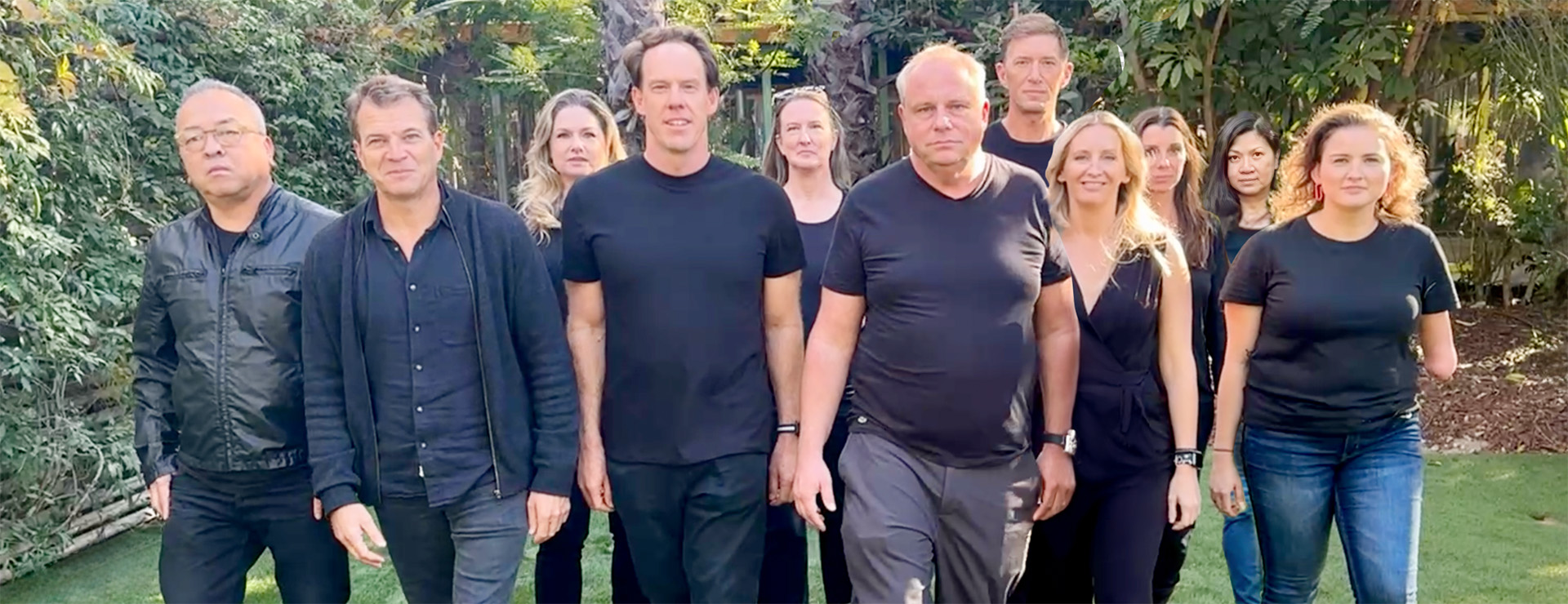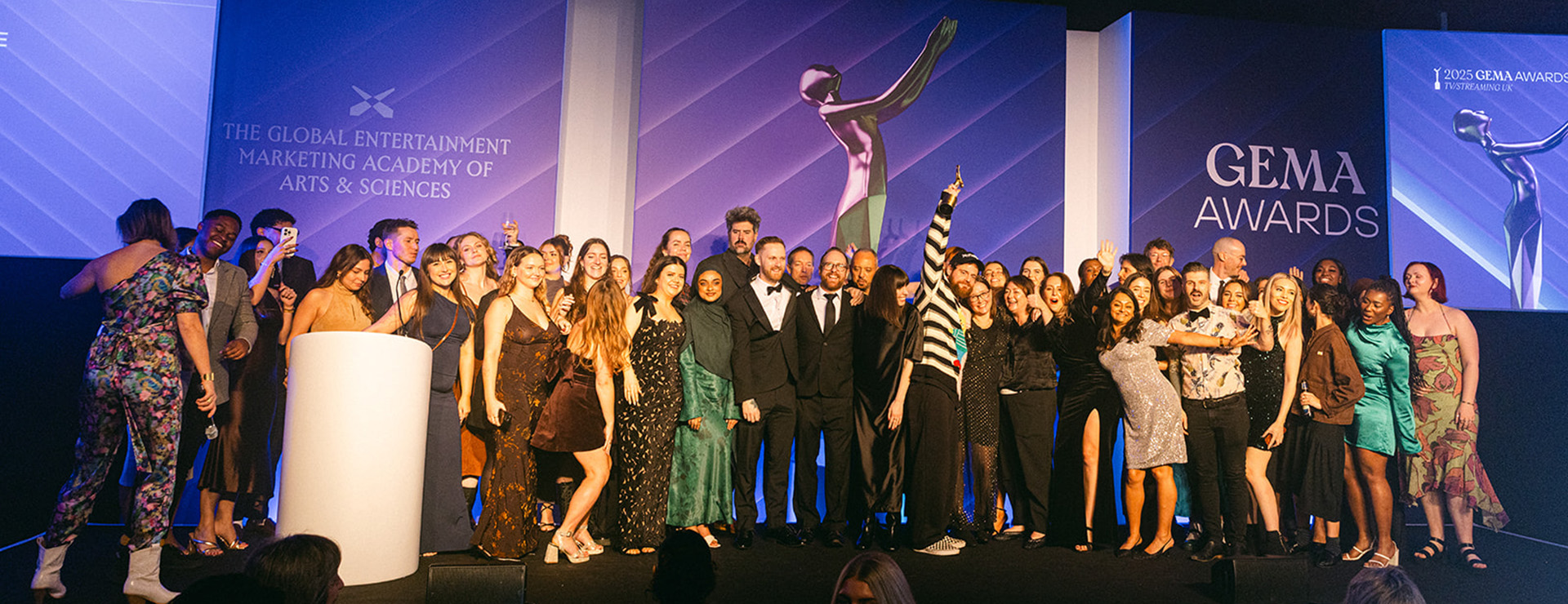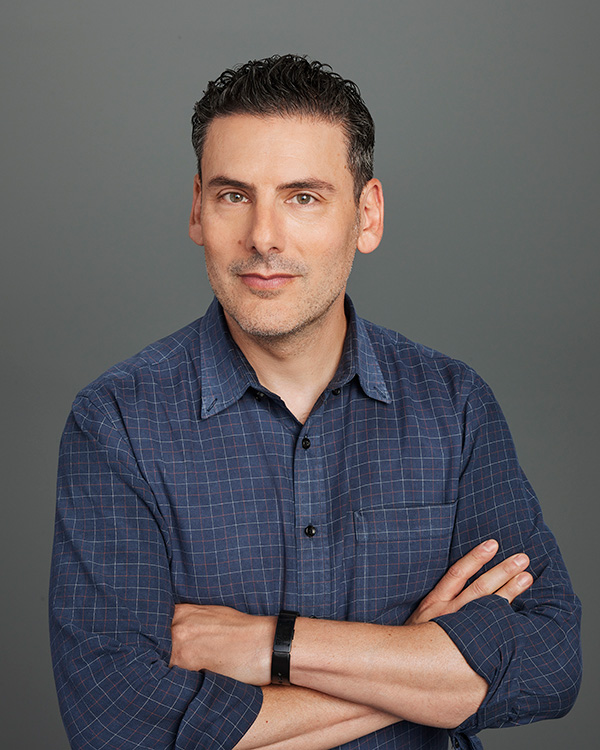
Aaron Goldman began his career in entertainment as a producer – he started at a production company before moving to MTV and then A+E’s History Channel in New York, where he was a supervising producer. After a few years in that role, someone suggested he try his hand at marketing. To his surprise, the quick pace and instant results had him hooked.
In 2011, Goldman was named creative director at Lifetime in Los Angeles, moving up to vice president, brand creative, in just two years. He joined Fox in 2015 as vice president, drama creative, on-air, but left that role when Disney acquired Fox in March 2019. After a five-month stint at creative agency The Shop, he was named SVP, creative marketing at Walt Disney Television in January 2020. He was promoted to his current role of EVP, creative marketing, in which he oversees Disney Entertainment brands Hulu, ABC, Onyx and Freeform, in October 2021, and added Disney Branded Television and National Geographic to his purview in 2024.
In those nearly two decades, the process of entertainment marketing has changed dramatically – and keeps changing almost every day – but the basis remains the same: everything starts with a great story.
Goldman, a member of GEMA’s board of directors, chatted with Spotlight about how he learned to lead, why prioritization is crucial when you’re dealing with scale and volume, and some of the things he’s recently been proudest of at Disney.
Spotlight: Something I always wonder about creative directors is what skills are needed to be a great creative director. I feel like the role requires you to have a very balanced brain because you have to innately understand creative but you also have to be a good project manager and great with clients. What do you think allowed you to become a creative director and continue to progress in that career?
Aaron Goldman, EVP, creative marketing, Disney Entertainment Television: The creative side was always what I was drawn to and what I always wanted to be doing. Even when I was working in long form and post, I was always producing. When I was doing hour-long documentary production, I would do everything from shooting to interviewing to researching archival footage to building stories and narratives. I worked with editors to build the shows, and worked with graphic designers on every piece. Those skills translated to the marketing side.
I always had storytelling skills. I think those look much different in the marketing space and I had to learn that on the job, but ultimately that’s what makes a good creative director. You need to have the base experience and skill, but being able to distill what is special about a given title that can capture someone’s attention in the first two seconds – whether that’s a promo or a piece of key art – that’s what makes a creative director stand out.
Spotlight: Expanding on that, you are not only a creative director but you are now an executive vice president, so you are leading teams of creative directors. How do you acquire the skills, knowledge and talent to be able to lead those teams? I feel like people are promoted into these leadership positions but they aren’t necessarily trained to do them.
Goldman: There's no training for it. I think for me personally it's been a couple things. It's identifying the people I respect and want to be like, and looking at the way they've modeled their behavior in leadership, and taking the good stuff from whatever they do. I've taken it from people like my current boss, Shannon Ryan, as well as Joe Earley; Scott Edwards, who was my boss at Fox; and Tim Nolan, who I worked for when I was at History and Lifetime.
I think they all know how I feel about them, but I don't think they realize what I've taken from them in terms of their leadership styles. I've also been very conscious of the leaders I've had who weren't great leaders. I think I’ve learned as much from the bad leaders as I have from the good leaders.
I've always come at this from the approach of how I’m connecting with everyone around me.
That is probably one of the most satisfying parts of the job – building these relationships and connections with people. That's always been incredibly important to me, and definitely informs whatever leadership style I have.
Spotlight: What specific things did you take from these specific leaders?
Goldman: From Tim Nolan, I took a work ethic, the ability to push ideas forward and how to navigate against headwinds. I also learned how important it is to give clear and actionable feedback. Scott Edwards has an extraordinary moral center. He never makes anything about himself and he’s always lifting up the people around him. He taught me as a leader I’m there to guide but the more autonomy and support I give my team, the better they are going to do. He has very high standards for the people who work for him and how they conduct themselves.
And Shannon's the best leader I've ever had. She’s such an empathetic leader to everyone around her at every level but she’s also so knowledgeable about every piece of what we do. She sees and understands everything. She knows what’s good and what isn’t creatively and can distill it in a second. I’ve learned how to work at scale and volume through her.
I’ve also learned from her that you can do more. Every time something is added to my plate, I think ‘I don’t know how I’m going to do it,’ but seeing her stay within her integrity and empathy no matter what is thrown at us, it just helps the entire team. She always has the attitude of ‘we’re going to figure this out’ and there’s never ever a freak out. It’s always from the place of ‘we’re going to work together to solve any challenge that’s thrown at us.’
Spotlight: How do you work at the scale and volume that you do?
Goldman: We have a phrase we use: ‘relentless prioritization.’ What is the thing that’s going to be meaningful and what are the things that you can let go of? It changes every day but I always keep it in mind.
The other part is having great leaders for all of the different brands I work with: Ryan Brasno (Hulu), Brian Everett (DBT/NatGeo Design), Melissa King (ABC), Tyler Korba (NatGeo), Erin Newsome (DBT), Liz Powers-Charest (creative operations and post) and Sohini Sengupta (Onyx, Freeform). We try to keep a grounded, empathetic, human approach to each other throughout all of it. I think we’re navigating a new way of working, especially as there seems to be some kind of dramatic change across the industry every three to six months. It’s important for us to give each other a tremendous amount of grace and patience as we’re navigating everything.
Spotlight: You manage all of these different brands all across all of these different platforms. How do you manage to expose audiences to brands in a world where there are so many?
Goldman: It all goes back to prioritization. We also have amazing media and strategy teams that are pulling every single lever across platforms and especially in the social space to get our creative out there. One of the benefits of The Walt Disney Company is all of the synergy opportunities we have across multiple linear networks, across different social handles, and also the parks and cruise ships and hotels. And the experiential space has blown up and we're doing more there.
Spotlight: How do you make sure you can deliver creative across all of those points of intersection with the potential audience?
Goldman: I'm a big believer that a lot of what we do in creative marketing hasn't changed. Great creative is great creative. Our job is to be the best storytellers for our storytellers.
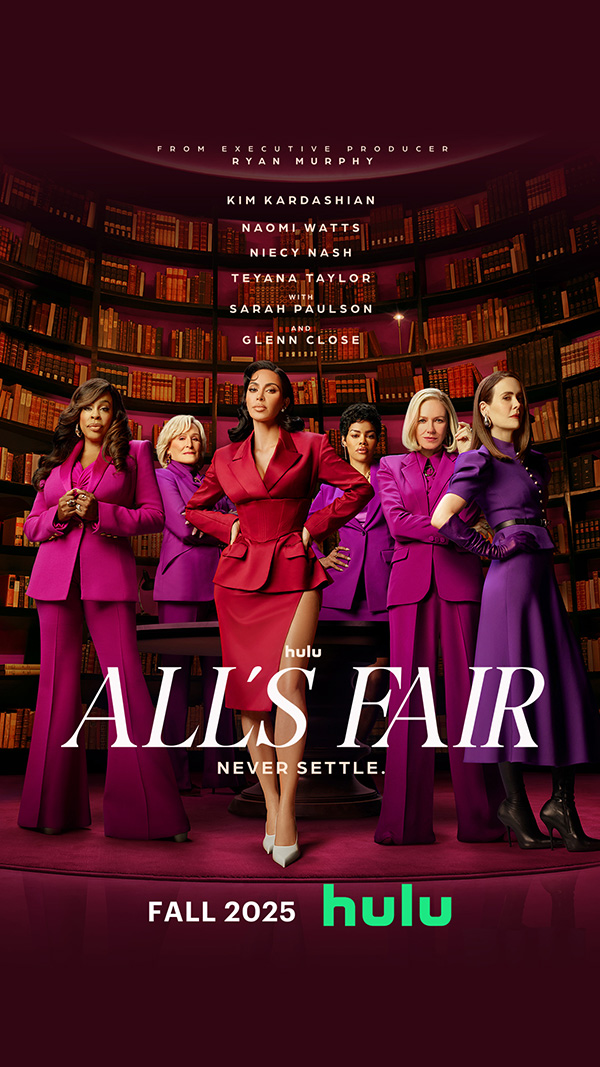
For example, let’s look at All’s Fair, which is premiering on Hulu in November and stars Kim Kardashian, Niecy Nash, Naomi Watts, Sarah Paulson and Glenn Close.
So far, we’ve had a teaser trailer that came out during the upfront that was mostly a social play, but that campaign’s going to start ramping up. We’re going to have a ton of out of home, including digital out of home, and there’s going to be activations and PR events. We are going to drop a trailer and a lot of promos. A lot of the hero assets are meant to be broad and engaging no matter where they end up.
You can obviously do different things, like the things you do on Tiktok can be different, and small, shorter pieces can be native to those platforms. But the money still goes behind the hero assets, which are the trailers, the key art, and so forth.
Spotlight: Which comes first: the planning of where you're going to put the creative, or the planning of the hero assets?
Goldman: A lot of the strategic planning and the creative development happens in parallel. There's usually an initial creative brief and a strategic brief, which gives us some guard rails, and some targets we're going after, and some do's and don'ts. But it's really a collaboration between creative and strategy, because as you start digging into the material, there are things you're going to find that are going to inform the strategy, and vice versa. It's a much more fluid process than ‘here's the strategy, here's the plan, here's the guardrails, stay within this.’ It's more of a roadmap that we're working as we travel together.
We also have the studio and because we have long-term relationships with creators, we really work closely with our showrunners, not just to make sure we're honoring their vision, but because they know their titles in ways that we don't. It's always an exciting thing when we're showing them a trailer for the first time and we’re reflecting their vision back to them. I think a big change throughout the time I’ve been working in this space is the way we work with showrunners and creators. It’s much more involved and more of a partnership than it’s ever been. And that’s our approach to creators across the board.
Spotlight: OK, wrapping up, I know it’s hard to choose between your children, but what have you and your teams done lately that you are particularly proud of?
Goldman: On the ABC side, High Potential was a show we really believed in. It's hard for new broadcast shows to really break through. The writer’s strike actually benefited us with that show because we had a lot of time to dig into what we wanted to do for that show. I think the team created a phenomenal campaign for that show. High Potential has been a huge global hit for us and the second season is doing even better.
On the Hulu side, Paradise was a big swing that really needed to work. It was a challenging campaign because we had to thread the needle of selling the show without giving away the big twist. But we also didn’t want people to think it was a political, Washington, D.C. show because we were launching it in November, December of 2024 and we weren’t sure people would want a political show. So it was really tricky to get right. Once it launched, we were able to pivot and expand the campaign and expand the world.
But probably the thing I've been most excited about is that we just started doing video podcasts. I think there's a lot of momentum there. There are billions of hours of video podcasts being streamed on YouTube. The marketing team decided to pick a few shows and produce some podcasts on our own. None of us have any experience doing this. We didn't have a separate team. There was just a lot of excitement. Different people from different teams came together to figure out how to make this happen. We launched the Only Murders in the Building video podcast a few weeks ago. We're also doing a Dancing with the Stars one that's kind of bonkers because we shoot it after the show, and it goes on platform on Disney Plus and Hulu less than 48 hours after the episode airs. The episodes are also available on YouTube, Spotify and other video podcast platforms.
I think the ingenuity of the team figuring out how to do this, working with the show runners and the talent and really creating such an added-value companion experience for the fans is just such a great, smart move and you can already see it working. This is creating incremental hours and engagement on Hulu and Disney Plus. It's such a win across the board and I’m so proud that we did it ourselves with the teams basically doing it as a side hustle on top of their day jobs. I’m really proud of the entire effort.






